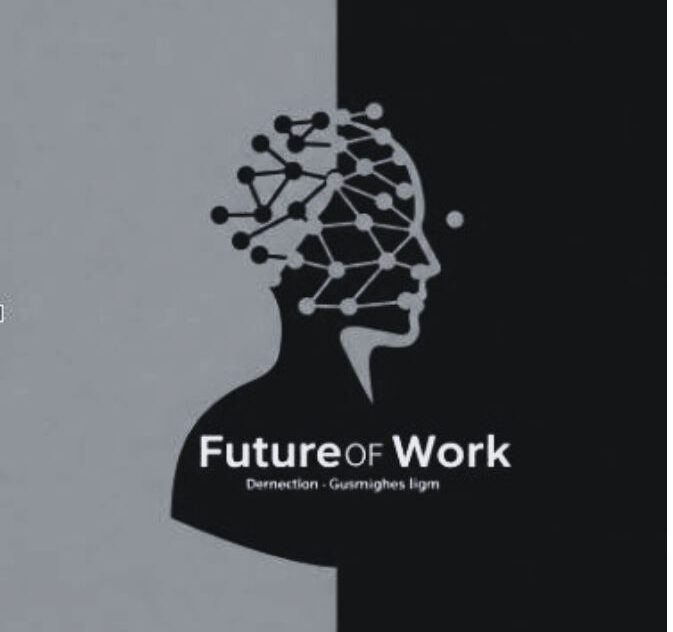In the 1960s, the German psychologist Dietrich Dörner conducted a series of experiments involving subjects managing a simulated village. What he found was both unsurprising and disturbing: the more variables the participants had to juggle, the worse their decisions became. Over time, they stopped thinking in systems and started reacting in fragments. Their “villages” collapsed.
Half a century later, the modern workplace is a digital Dörner simulation running in real time. According to recent findings from the Microsoft Work Trends Index, the average employee is now interrupted 275 times a day a rate that breaks down to once every two minutes during core working hours. Meetings, Slack pings, Teams notifications, emails, calendar nudges, and pop-ups create a psychic kaleidoscope of half-completed thoughts and fractured intentions.
We have never been more connected. Or more fragmented.
The Cognitive Cost of Context Switching
Every interruption comes with a cost: not just time, but cognitive residue, the lingering effects of an unfinished thought, a stalled idea, or a postponed judgment.
Neuroscientist Daniel Levitin, in his book The Organized Mind, explains that each shift in attention uses up a small amount of the brain’s glucose-based energy reserves. It’s not multitasking, he writes, it’s “task-switching,” and it’s inefficient by design. You’re not doing two things at once, you’re starting and stopping two things in rapid succession.
In one notable study by the University of California, Irvine, researchers found that it takes 23 minutes and 15 seconds on average to return to deep work after an interruption. When the interruptions are frequent, the return becomes theoretical. You’re left stuck in a perpetual cognitive reboot, flickering between half-loaded tabs of thought.
From Chaos to Culture
But the issue isn’t just biological. It’s cultural.
Workplace interruptions have become normalized, even encouraged. Consider this: 60% of meetings are now ad hoc, decisions made on the fly, summoned with a ping. In some companies, responsiveness has become a proxy for performance. Being available becomes synonymous with being valuable.
And yet, deep work is where value is created. Psychologist Mihaly Csikszentmihalyi famously described the “flow state” that timeless immersion in work, as the key to creativity and fulfillment. It requires sustained focus, minimal distraction, and a degree of solitude. All three are endangered species in the digital workplace.
The Myth of Hyperproductivity
Ironically, all this activity has not made us more productive. The Work Trends Index shows nearly half of employees (48%) feel their work is chaotic and fragmented. And 53% of leaders say that productivity must increase even as the work environment erodes the very conditions that enable it.
This paradox gives rise to what Cal Newport calls “pseudo-productivity” a culture obsessed with visible busyness, rather than meaningful output. Workers burn energy switching between interruptions, crafting decks for yet another ad hoc meeting, and replying to pings that could have been emails or better yet, nothing at all.
Attention as a Moral Choice
The French philosopher Simone Weil once wrote, “Attention is the rarest and purest form of generosity.” What would it mean to reframe workplace attention not as a commodity to be harvested, but as a form of moral and intellectual commitment?
Some companies are beginning to explore that question. “Focus time” blocks, meeting-free days, and asynchronous communication norms are gaining traction. Microsoft’s internal research suggests that even small changes like instituting 25-minute meetings instead of 30, or protecting the first hour of the day from meetings can yield significant gains in cognitive clarity.
Then there’s AI. Though often blamed for increasing digital overload, it also holds promise. Smart scheduling agents can buffer focus time; intelligent triage systems can filter noise from signal. But this requires thoughtful implementation. AI cannot save us from distraction if it is merely used to multiply it.
Reclaiming the Mind
Ultimately, the interruption crisis is not about tools. It is about agency. Who controls your time? Who decides what deserves your attention?
To ask that is to challenge the very rhythm of the modern workplace. It is to propose that silence has value. That a human mind, undistracted and unhurried, is still our most powerful engine of innovation.
Perhaps the first step is simple: to count the interruptions. Then ask what each one costs and whether it’s worth the price of a scattered mind.






